
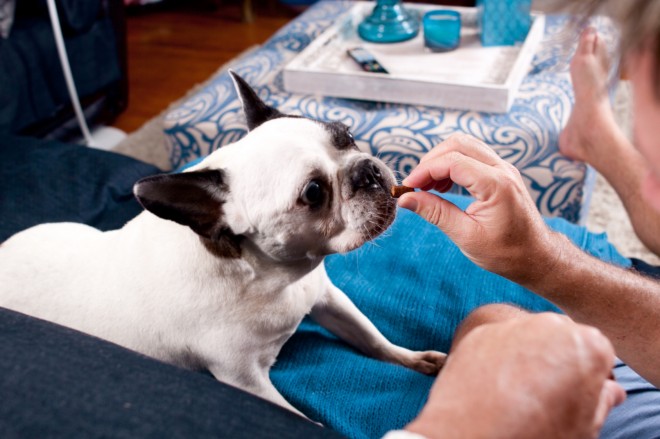
Treats and other small delicious morsels are highly appealing to dogs, and as well as feeding them simply because your dog enjoys them, they can also make for a useful training aid, and one of the most effective ways of getting your dog’s attention and teaching them new skills. Most dogs have learnt that in order to avoid blotting their copybook and being unable to have treats in future, they must take them gently, without snapping at them or taking the ends of your fingers along with them!
However, some dogs get so excited about treats that they do have a tendency to snap to grab them, which at worst can be potentially dangerous, and at best will leave you with slobber on your fingers! If your dog is among this number, life will become much more pleasant, as well as safer for you, if you can re-train your dog to take treats gently without snapping for them and risking nipping you in the process. In this article we will consider why dogs sometimes snap at treats, and what you can do about it.
In order to tackle the problem of a dog snapping for treats, first of all it is important to understand why your dog might be doing this in the first place, and there are a few potential reasons behind it.
Bite inhibition is an essential life skill that puppies should learn from their dam and their littermates, as without feedback and going through the learning process, your dog cannot know how much pressure they apply with their jaws, and what sort of effect this has. Pups learn bite inhibition by the feedback they get from the other puppies when they bite- a pained squeal- and from knowing how it feels when their littermates bite them too. However, the process of teaching bite inhibition should continue after the puppy has left the litter, and if this doesn’t happen, your adult dog may be apt to snap and bite your fingers unwittingly when being given a treat.
If a puppy is hand-reared or removed from their dam and littermates too early, they will not have gained a good grounding in bite inhibition and why this is desirable. This too can lead to snapping for treats.
If your dog has always grabbed for treats and not been told off about this, they will have no frame of reference for how they should actually accept treats, and will be apt to snap. This behaviour can also be learned if the person giving the treats is nervous and apt to snatch their hand away; the dog may feel that they have to grab for the treat, or risk being denied it.
Over threshold
Dogs are considered to be over threshold if they are so excited, wound up or otherwise whipped up into a frenzy, to the point that they neglect their normal good manners and impulse control in their excitement. If this is the case, don’t give your dog treats when they are excited or hyperactive, only feeding them when your dog is calm and relaxed.
First of all, your dog must be relaxed and calm yet alert when you begin your endeavour to encourage them to take treats gently. Command your dog to sit, and then hold the treat within your closed fist so that your dog is aware of it but cannot get it. Hold your hand under your dog’s chin rather than right in front of their face, so that they cannot grab at your hand.
Encourage your dog to explore your closed fist with their nose rather than their teeth, and if they do begin to grasp at you or try to prise open your hand, tell them “no” or “gently” and do not offer the treat until your dog is calm and behaving gently.
Repeat this process several times, until your dog learns that the treat will not be forthcoming unless they are gentle. If your dog is very strong or apt to nip you while you are going through the process, consider wearing tough gloves to protect your hands.
Do not pull your hand back sharply from your dog, as this may trigger the pursuit instinct in your dog, teaching them that in order to get the treat, they must go after it rather than waiting until they are offered it.
Once your dog has got the hang of the first method, you can refine their skills by holding the treat between your forefinger and thumb, so that your dog has to take it gently in order to grasp hold of it. Again, keep a close eye on your dog and tell them “no” or “gently” if they begin to snap, and again, keep your hand under their chin rather than in front of their face.
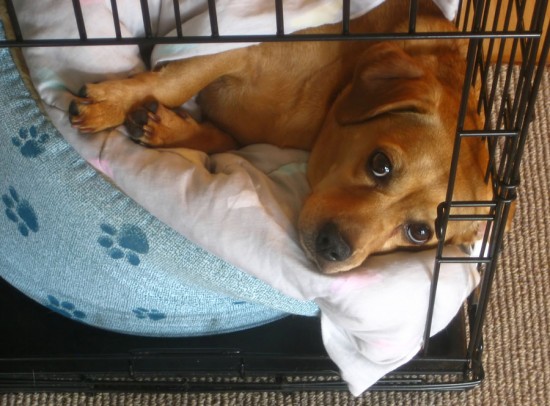 Crate Training Your Dog Or Puppy
Crate Training Yo
Crate Training Your Dog Or Puppy
Crate Training Yo
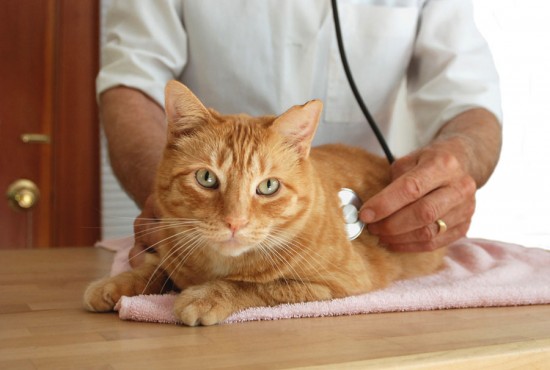 Dealing With Felv (feline Leukaemia Virus) In Cats
Dealing With Felv
Dealing With Felv (feline Leukaemia Virus) In Cats
Dealing With Felv
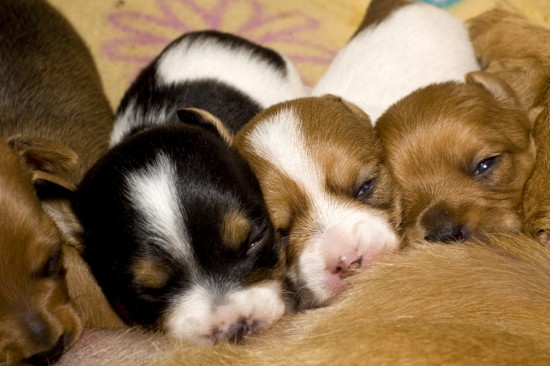 What You Need For Whelping- Getting Ready For The Birth
What You Need For
What You Need For Whelping- Getting Ready For The Birth
What You Need For
 Pet Urns for Cats
Pet Urns for Cats
Cats are beautiful creatures
Pet Urns for Cats
Pet Urns for Cats
Cats are beautiful creatures
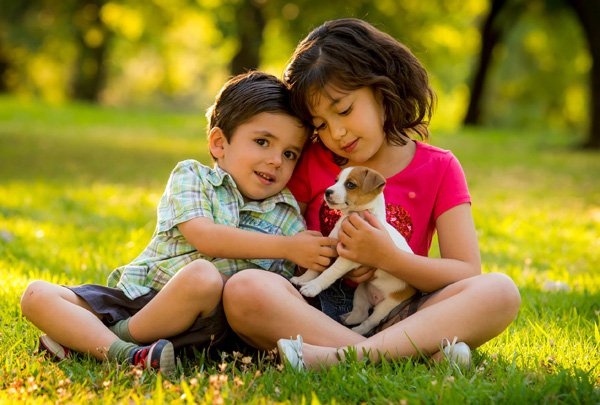 Enhance the Productivity of your Yield with Chicken Coops from Eggshell
Enhance the Productivity of your Yield with Chicken Coops
Enhance the Productivity of your Yield with Chicken Coops from Eggshell
Enhance the Productivity of your Yield with Chicken Coops
Copyright © 2005-2016 Pet Information All Rights Reserved
Contact us: www162date@outlook.com